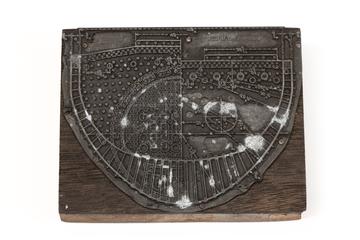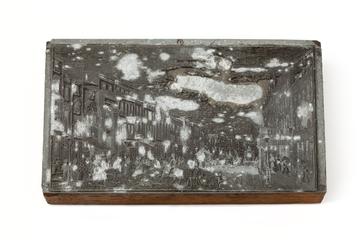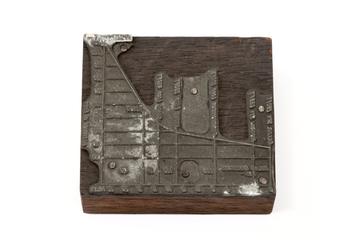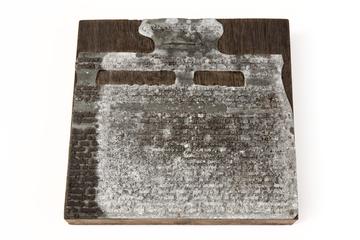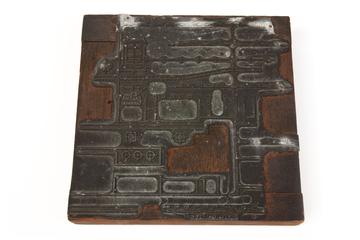
Worksplate for Beyer-Peacock locomotive

Locomotive worksplate, Beyer, Peacock and Company Limited. Gorton Foundries Manchester locomotive, 1856.
This is an early example of a worksplate from the Manchester based company Beyer, Peacock and Company Limited.
A worksplate is a plaque that gives details about an appliance, equipment or engine. Often included is the name of the manufacturer, the place and date of manufacture. It will sometimes include the model number or the serial number. For a locomotive it is usually displayed in a prominent location on the engine or cab.
Beyer, Peacock and Company was founded as a mechanical engineering company by Charles Beyer and Richard Peacock in 1954. Beyer acted as chief engineer with control over the drawing office and works; Peacock as commercial manager handled the commercial side. They made steam locomotive engines and light machines. They exported their locomotives worldwide including Africa and South America.
Gorton Foundry was built in Openshaw, Manchester. In July 1855 the first locomotive, built for the Great Western Railway, left the Foundry. In 1966, after 112 years of operation, all production finally concluded. The company had built nearly 8,000 locomotives.
Details
- Category:
- Railways
- Object Number:
- Y2012.23
- Materials:
- brass (copper, zinc alloy) and wood (unidentified)
- type:
- locomotive worksplate
- credit:
- Gift of Mr David Holden
